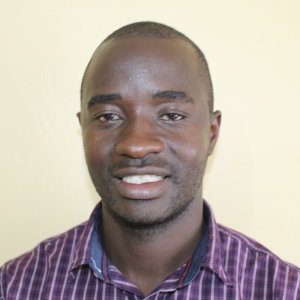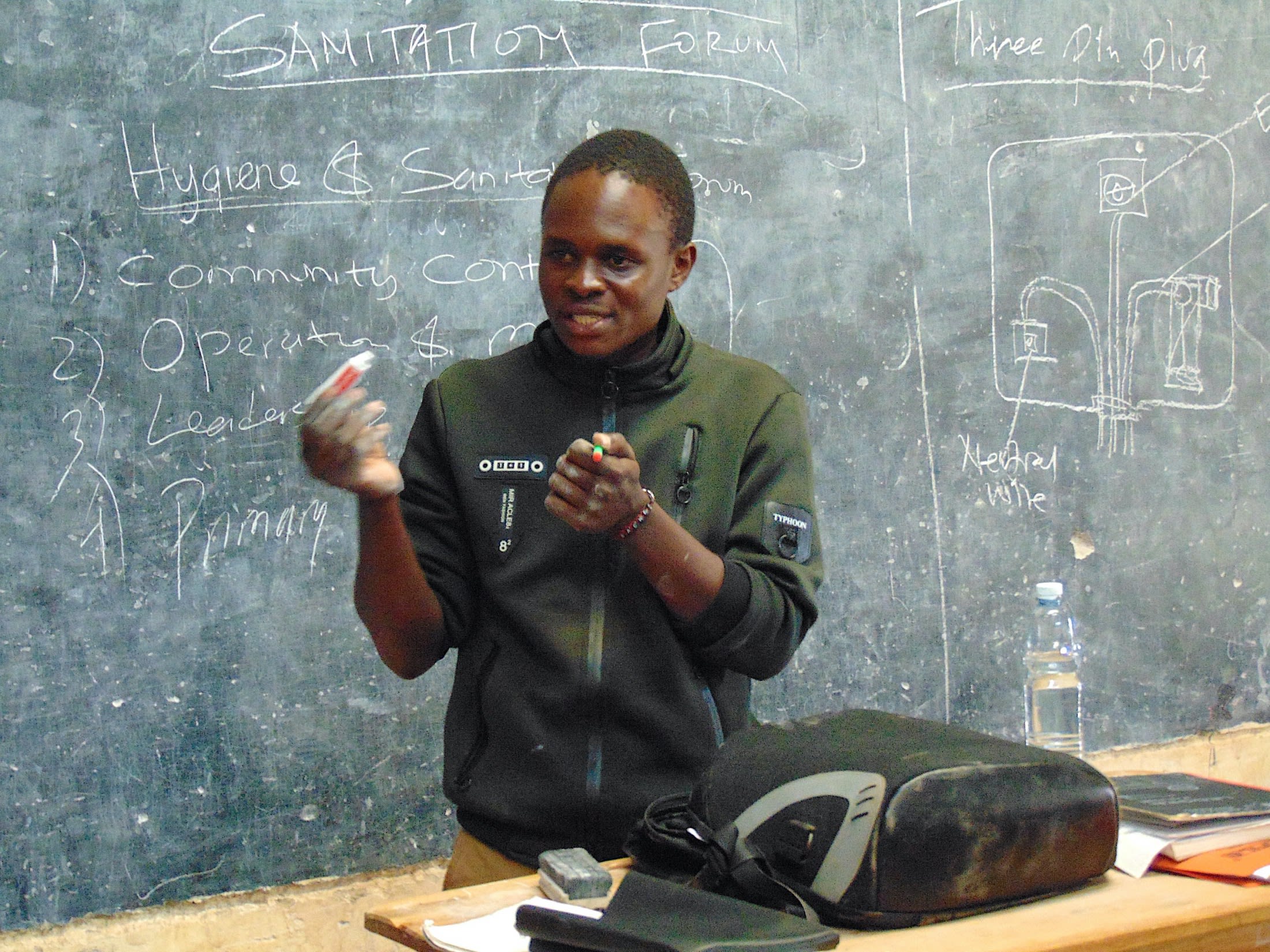Banja Secondary School was founded in 1989 with an initial student population of 48 taught by two teachers. The current principal, Mr. Robert Korir, took over in 2018 with a current student enrollment of 530. There are four dormitories so that some of the students who live far away can board for the semester.
Students study Kiswahili, English, mathematics, physics, biology, chemistry, religion, agriculture, geography, history and government, computer, and life skills. The campus is quite impressive with 29 classrooms, a library, and staff offices.
Despite the breadth of the campus, the students still lack adequate water on school grounds for their drinking, cooking, and cleaning needs. This water is even more important for the students who board here overnight and need the water to clean up every morning and evening.
Parents of needy students have been allowed to bring water to the school and do other manual chores as fee payment for their students. We met Mrs. Milenje and Mrs. Abayi during our visit. The two were found bringing water to the school from Katigara Water Spring, which is about one kilometer away from the school. The school also has to pay other parents to help others out with fetching water.

The school administration was able to acquire four plastic tanks that equal a total capacity of 20,000 liters, but these are not nearly sufficient to meet the daily needs of both the boarding students and day students. Students say they're normally dry soon after it rains.
Insufficient water in the school has made it difficult to practice basic hygiene such as handwashing and cleaning of bathrooms. It is very hard for boarders who have to waste academic time to either go get water for themselves or wait for the water supplied by parents.
"Shortage of clean water is a big problem in this community. Nobody loves stomachache and diarrhea or any other disease related to water. We really need an urgent intervention to evade these problems that have stayed with us for long due to lack of enough clean water. The school is spending a lot of money trying to purchase water when the tanks dry up," said Teacher Robert.
The available latrine doors are dirty and need to be cleaned. Some of the latrine pits are almost full, especially the ones serving the dormitory sections. The lack of regular cleaning is attributed to water scarcity. Thus, there is a dirty, foul smell coming from the latrines and urinal.
What we can do:
"The school hygiene and sanitation situation is very unstable and is so affected by the perennial water shortages that keep hitting us hard every term," said Mr. Musuri, a school cook.
"The high population of both boys and girls is really putting a lot of pressure on the available sanitation facilities and thus making it hard to keep the school clean and hygienic. At the kitchen, our operations get hampered by inadequate and irregular water supply."
Training
Training on good hygiene habits will be held for two days. The facilitator will use PHAST (participatory hygiene and sanitation transformation), ABCD (asset-based community development), CTC (child to child), lectures, group discussions, and handouts to teach health topics and ways to promote good practices within the school. The CTC method will prepare students to lead other students into healthy habits, as well as kickstart a CTC club for the school.
Handwashing Stations
There are no handwashing stations.
Two handwashing stations will be delivered to the school, and the CTC club will fill them with water on a daily basis and make sure there is always a cleaning agent such as soap or ash.
VIP Latrines
Two triple-door latrines will be constructed with local materials that the school will help gather. Three doors will serve the girls while the other three serve the boys. And with a new source of water on school grounds, students and staff should have enough to keep these new latrines clean.
Rainwater Catchment Tank
A 50,000-liter rainwater catchment tank will help alleviate the water crisis at this school. The school will also help gather the needed materials such as sand, rocks, and water for mixing cement. Once finished, this tank can begin catching rainfall that will be used by the school’s students and staff.
We and the school strongly believe that with this assistance, standards will significantly improve. These higher standards will translate to better academic performance!

 Rainwater Catchment
Rainwater Catchment
 Rehabilitation Project
Rehabilitation Project


































